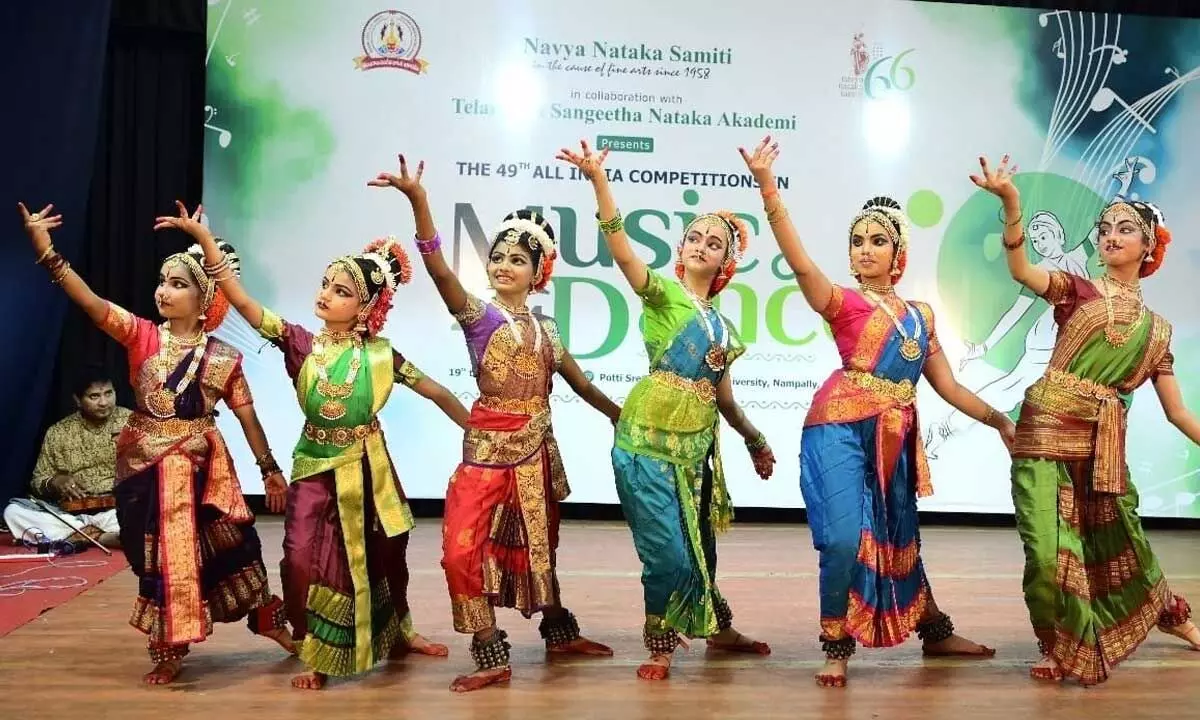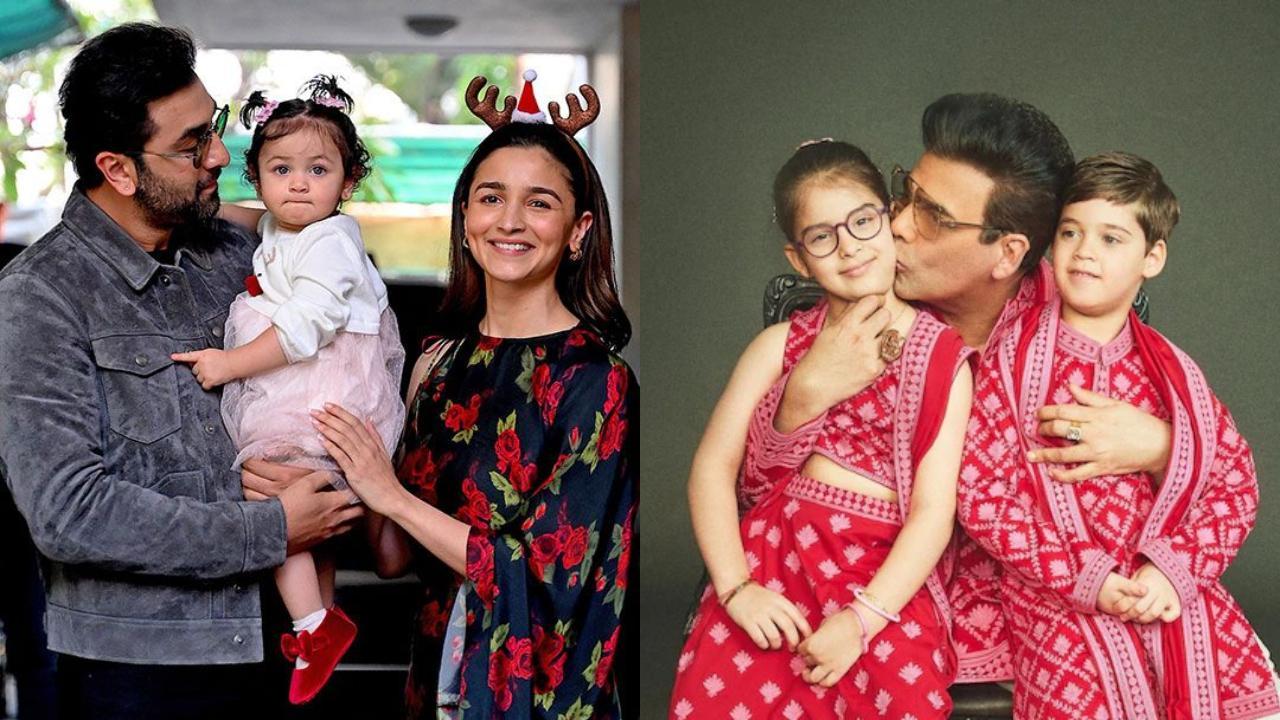ILIGAN, Philippines – I never hesitate to travel to the Islamic City of Marawi whenever the opportunity arises. I’ve loved the place since my first trip there as a little child in the early 1960s when the older generation of Iliganons still referred to it as Dansalan. My mom’s cousin, the late Dr.
Oscar S. Fudalan Sr., practiced medicine there.

His wife, my Auntie Bianing, was a midwife who brought many Meranaw babies into the world during their stay in this summer capital of the Philippines in the South. We’d drive over for birthday celebrations with Uncle Oscar’s family. Travel took more than an hour over the muddy and cratered highway, further slowed down by thick fog that settled at certain times of the day.
We were amply warned to avoid hitting any animal – not even a chicken – else we would pay blood money ( bayad sa kamingaw or payment for the loneliness). I’m sure this was just another stereotype ingrained in the psyche of Mindanaoans across generations of prejudice. CREATIONS.
Sample langkit creations from a workshop in Marawi City. – Ricardo Jorge Caluen The changing soil coloration signals the ascent to Marawi’s 700-meter elevation: dark in the Iligan side to orange-reddish starting in Balo-i, Lanao del Norte. Hills and mountains frame an area that witnessed so much history from the time of Sultan Kudarat down to Datu Amai Pakpak, Governor General Ramon Blanco, General John J.
Pershing, and through the struggle for Bangsamoro autonomy. Of course, of more recent memory is the infamous 2017 Marawi siege where “ground zero” has entered the vocabulary about the area, a sad memento that has eclipsed “kilometer zero,” the once proud signage that announced the spot where Mindanao distances are reckoned from. Yes, all roads in Mindanao start in Marawi.
It was against this backdrop that I visited the city on July 16 to 18 to observe a workshop my friend Chris Gomez was conducting at the behest of the tourism office. Obviously, Marawi is no longer the mysterious city of my childhood. But, the sight of bombed out edifices and well-known sites like the residence and resting place of the late senator Domocao Alonto, father of the Mindanao State University (MSU), leaves one with an eerie chill.
For three days, Gomez met with veteran weavers particularly of langkit (decorative weaving). Gomez was to demonstrate to the womenfolk there’s more that could be done with the langkit beyond being used as bookmarks, straps, necklaces or, more popularly, as table runners. Woven or sometimes embroidered, langkit is the colorful strip of tapestry commonly used to join pieces of fabric to create a single, broader section of malong landap, the traditional tubular garment of the Meranaw.
Word that a large inventory of langkit was just lying around in individual households or headquarters of women’s cooperatives in Marawi City and nearby towns has reached city hall. Princess Tarhata P. Mangotara, Marawi’s tourism operations supervisor, saw the workshop as an opportunity not only to address a marketing challenge but also to use the traditional weaving industry as a platform for tourism promotion .
“I am very proud of my Meranaw culture and the artistry it has spawned. The langkit is such a beautiful creation and it deserves to be showcased and promoted,” said Mangotara. “In so doing, we pay tribute to Meranaw womenfolk.
I find inspiration in my beloved ‘Ina,’ my maternal grandmother, who was proud of her native dress – the malong – that she always wore with dignity whether in formal occasions or just shopping in the mall.” In 2023, the Marawi city government sponsored the first-ever langkit festival and competition. Saadera “Dida” Shiek Basmala has been weaving since she was around eight years old.
Now in her sixties, she says she is very grateful to Marawi Mayor Majul Gandamra that city hall has undertaken the project, a validation that the local chief executive believes langkit -weaving is a tradition worth keeping and promoting. Basmala’s fine craftsmanship and a lifetime of langkit -weaving and handing down of the tradition are well-acknowledged by her peers. There is talk she is being eyed for the Gawad para sa Manlilikha ng Bayan (GAMABA), the Philippines’ “living treasure” award.
Meranaw langkit weavers prefer the backstrap loom. The weaver selects thread colors with the final pattern in mind. The thread is rolled into separate spools or balls.
Then, the thread is layered according to design on the warp board and carefully transferred to the backstrap loom. One end of the loom is tied to a post, and the weaver sits on the floor with legs straight in front of her. The other end of the loom is wrapped around her back, allowing her to increase or decrease tension by moving forward or backward.
At 35 years old, Mohaima A. Socrie was possibly the youngest weaver at the workshop. She started weaving quite “late” at age 16.
I noticed some of her langkit patterns were not familiar. Mohaima said she wants to experiment with patterns so she won’t get bored with too much repetition. A public school teacher by profession, Mohaima says she’s gained much confidence in her skills that she could chat with friends on the phone or even watch TV while weaving.
Sixty-five-year-old Saadia S. Abdulrahman confirms that unlike other communities, Meranaw weavers are not constrained to repeating traditional patterns. “I personally like to experiment with patterns myself because I find the exercise challenging,” said the leader of the Dayawan Loom Weaving Producers Cooperative.
“However, in line with certain Islamic proscriptions, there are patterns that we refrain from using, like those of images of large animals,” Saadia added. Alonto earlier pointed out certain colors – like gold or yellow – are the preserve of royalty or nobility. She learned this from her “Ina.
” One participant said they would much prefer that the langkit is never used where it touches the ground. Popular langkit patterns include potiok (bud), dapal or raon (leaf), katorai (flower), pako or piako (fern), pako rabong (growing fern), mayan sa palaw (mountain-like), biabak (frog), and the sarimanok, the fowl of fable. The trained eye one could make out the tinaburo (diamond shaped) and tuwak-tuwak (triangle or staircase pattern).
Depending on one’s level of experience, a seasoned weaver could finish a meter-long langkit in a day. PROUD. Participants of a workshop proudly show their langkit creations in Marawi.
– courtesy of Ricardo Jorge Caluen The workshop organizers couldn’t have chosen a more qualified resource person than Gomez. A native of Iligan City, he is possibly the only graduate of the Design Center Philippines (2017, Masterclass of Design Professional) from Mindanao who is active in the profession and winning awards and recognition for it. Gomez’s first major break came in 2012 when he was awarded the grand prize in the Metrobank Arts and Design Excellence.
In 2015, he also received the award of excellence from the China Asean Creativity Competition. He bagged the grand prize in the 2023 Habi Kadayawan Design Competition. The Metrobank Foundation regularly monitors the achievements of past awardees, and Gomez was given the 2024 Award for Continuing Excellence (ACES).
Bags and accessories carrying his Chromez Industrial Design Services label share the closet with signature items belonging to some of the most droppable names in the Philippines. Through his many awards and successful curatorial and design projects, Gomez has not forgotten to pay forward, engaging himself in advocacy work for regional creativity, envisioning Mindanao as a vibrant center for artistic expression and economic growth. On Wednesday, August 14, the local government held another langkit exhibit, this time showcasing the work of the July design workshop participants.
Alonto had her hands full again. But she did not find the task daunting because she pulled off projects before for the National Cinematheque – the Film Development Council of the Philippines – when she was the coordinator for Lanao del Sur. As for me, I am prouder now to wear my barong with a handwoven langkit sewn across it knowing all the love and pride that came with it.
– Rappler.com Ricardo Jorge Caluen is a former professor at Mindanao State University-Iligan Institute of Technology (MSU-IIT) and past president of the Philippine Press Club of Ontario..



















